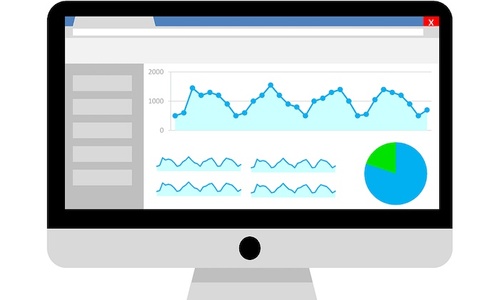Reverse ETL flips the targets and destinations of the standard ETL (extract, transform, load) process. Instead of collecting your data within a centralized data warehouse, reverse ETL transfers information out of this warehouse and into third-party operational systems for ease of access and better analytics and reporting.
That’s all very well and good — but what does reverse ETL look like in practice with systems and software such as SAP? In this article, we offer 5 reverse ETL tips for moving data from your data warehouse to SAP.
1. Select Your Data for Reverse ETL
The first step in building any reverse ETL workflow is to decide which data you want to include as the source. Any such information should already exist in a centralized repository, such as a data warehouse or data lake.
If your business is a SAP shop, you may use SAP HANA, an in-memory, column-oriented relational database management system. Other popular choices of data warehouses include Amazon Redshift, Snowflake, and Google BigQuery.
Related Reading: Redshift vs. BigQuery
Regardless of your tech stack, you’ll also need to decide which data, exactly, you want to consume during the extraction phase of reverse ETL. Careful selection of data at this stage can help prevent slowdowns and performance issues later on in the pipeline.
2. Select Your SAP Reverse ETL Target
The next step is to select the target, or destination, of your reverse ETL workflow. Since this is an article about SAP, we’ll limit ourselves to considering only SAP software and systems. Your options for a reverse ETL target include:
- SAP S/4HANA: SAP S/4HANA is an enterprise resource planning (ERP) system with a wide variety of features and functionality, including finance, sales, manufacturing, engineering, supply chain, and customer service. (As the name suggests, S/4HANA runs on top of the HANA relational database management system.) In particular, S/4HANA comes with embedded analytics functionality for real-time operational data analysis.
- SAP BusinessObjects: SAP BusinessObjects is a business intelligence (BI) platform to enable smarter data-driven decision-making. BusinessObjects offers a centralized suite of tools for data reporting, visualization, and sharing, including self-service analytics capabilities.
3. Select Your Reverse ETL Transformations
The two tips above have addressed the “extraction” and “loading” stages of reverse ETL, but there’s still the middle “transformation” stage to go over. How does the data need to change between its source (your data warehouse) and its destination (your third-party SAP software)?
In reverse ETL, your centralized data repository acts as a “single source of truth,” storing the most accurate, up-to-date information. This likely means that you won’t need to perform much data cleansing or data validation. Instead, the possible transformations for reverse ETL with SAP include:
- Filtering: Removing data that is repeated, irrelevant, or overly sensitive.
- Joining: Uniting two or more database tables into a single table by connecting them to their matching columns.
- Splitting: Dividing a single database row or column into multiple rows or columns.
- Summarization: Creating new data points by performing calculations on existing data.
Related Reading: Data Transformation: Explained
4. Select Your Queries
Once you have the basic outline of your SAP reverse ETL workflow, the next step is to understand how you’ll use this data when it’s in your SAP software. After all, even with a smooth data pipeline and a rich data set, you should know the answers to questions such as:
- What kind of queries and analyses do you want to run on the data? Do you have specific metrics or KPIs that you need to keep track of?
- Who are the primary users of the SAP system? What is their average technical ability, and what do they expect to find out by accessing the data?
- Who are the key decision-makers for whom you’ll need to generate reports? What kind of analyses are they looking for?
5. Select Your Reverse ETL Tool
Last but not least, trying to perform reverse ETL manually is both time-intensive and impractical when scaling your business — which means you’ll need to choose the right ETL tool for the job.
When choosing an ETL and reverse ETL tool, look for one with a rich variety of connectors and integrations that will mesh well with your existing technology stack. Since reverse ETL is all about operationalizing your enterprise data for non-technical users, it’s also important to look for an ETL tool with straightforward, no-code functionality that anyone can pick up quickly.
How Integrate.io Can Help with Reverse ETL
We’ve gone over various tips and tricks for reverse ETL with SAP — so how can you actually put them into practice? For many businesses, the right answer will be with a dedicated ETL tool like Integrate.io.
Integrate.io is a powerful, feature-rich ETL and data integration platform for building automated pipelines between your data sources and your cloud data warehouse. Thanks to more than 100 pre-built integrations and connectors, and a user-friendly, drag-and-drop interface, it’s never been easier for anyone to build robust ETL workflows and integrate their enterprise data.
Want to learn more about how Integrate.io can help with ETL and reverse ETL? Get in touch with our team of data experts today for a chat about your business needs and objectives, or to start your 14-day pilot of the Integrate.io platform.








